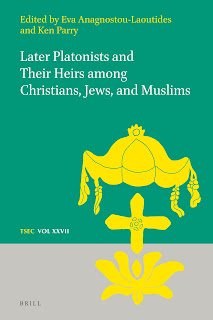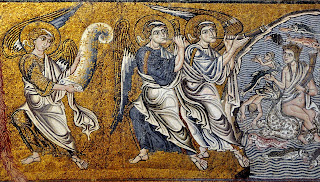A History of Philosophy Without Any Gaps

In this video from the Online Edinburgh Byzantine Book Festival, Professor Peter Adamson explores Byzantine and Renaissance philosophy: https://youtu.be/HESAGPYsrMA?si=bz64b49bvtV6VWVS
Welcome to the official blog of the International Network for Byzantine Philosophy. Here you will find short communications, reflections, and announcements of events and publications related to the field of Byzantine Philosophy.





